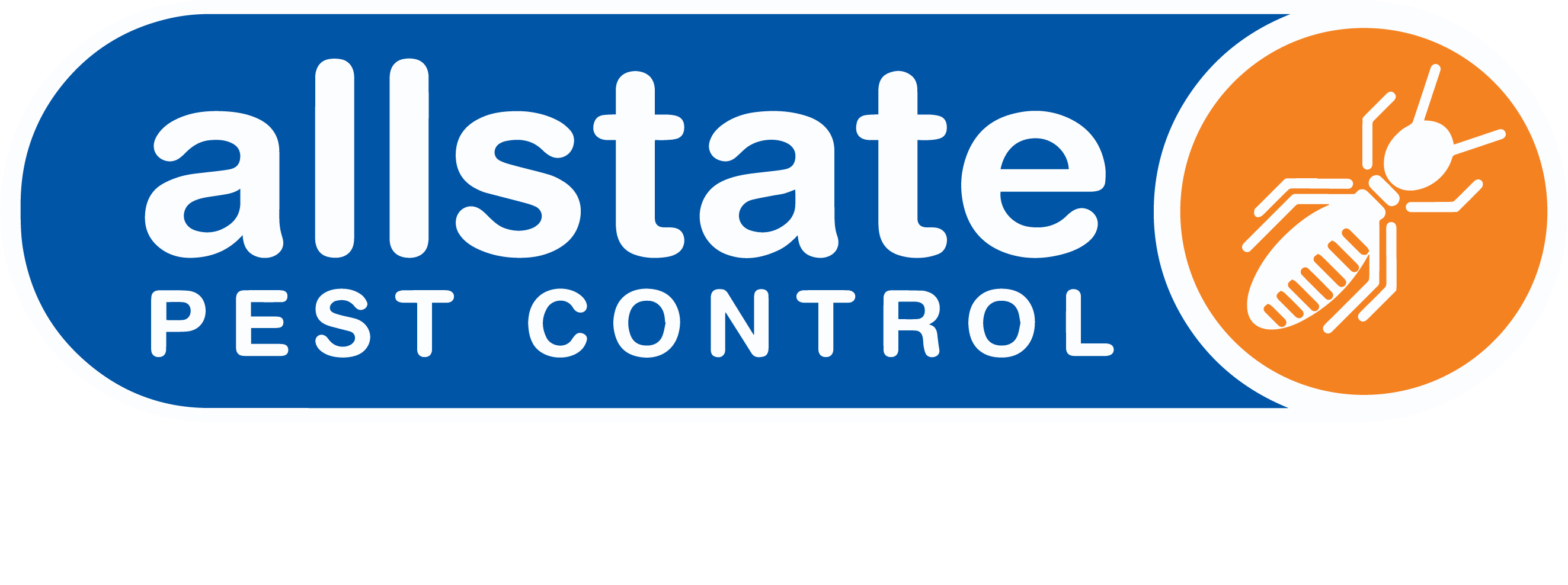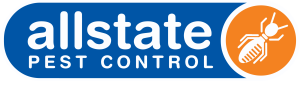by SerumTD-019 | Aug 30, 2022
Pistil: The pistil is the female reproductive organ of a flower. It consists of the ovary, which contains the ovules (the future seeds), the stigma (which receives pollen), and the style (which connects the stigma to the ovary). The pistil is often referred to as the “seed-bearing organ” of a flower.
by SerumTD-019 | Aug 30, 2022
Plant Growth Regulator (PGR): A plant growth regulator is any substance that alters the rate of plant growth or development. PGRs can be synthetic or naturally occurring, and they are used in agriculture to improve crop yield, quality, and appearance. Common examples of PGRs include auxins, gibberellins, cytokinins, and ethylene.
by SerumTD-019 | Aug 30, 2022
Plasmid: A plasmid is a small piece of DNA that is separate from the main chromosome. Plasmids are found in bacteria and other single-celled organisms, and they can be passed from one cell to another through horizontal gene transfer. Plasmids often contain genes that confer a benefit to the cell, such as antibiotic resistance or enhanced metabolism.
by SerumTD-019 | Aug 30, 2022
Plow Layer: The plow layer is the top layer of soil that has been turned over by a plow. This layer is typically rich in organic matter and nutrients, making it ideal for plant growth. The plow layer also helps to improve drainage and aeration in the soil.
by SerumTD-019 | Aug 30, 2022
Point Source: A point source is a specific location from which pollution or contamination originates. Point sources can be natural or man-made, and they can include things like factories, sewage treatment plants, and agricultural operations.



